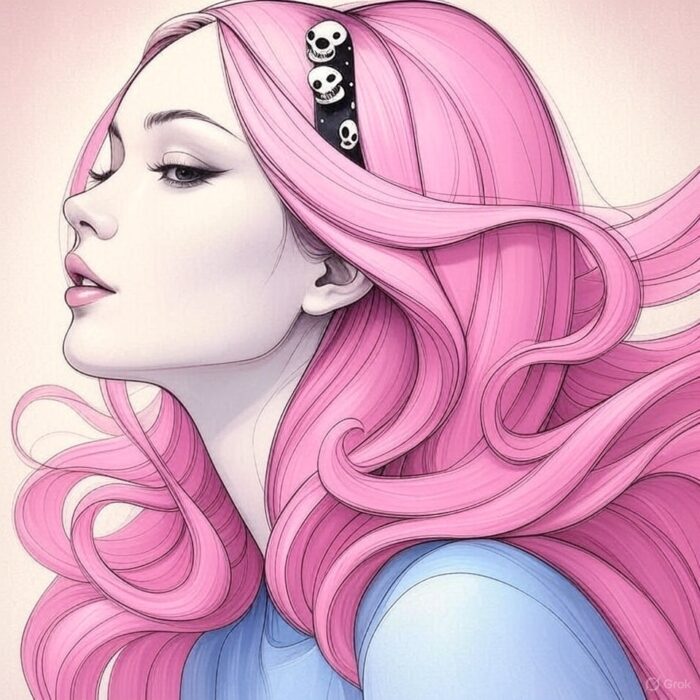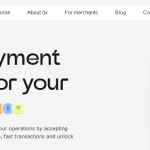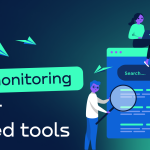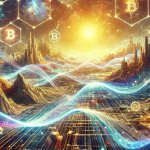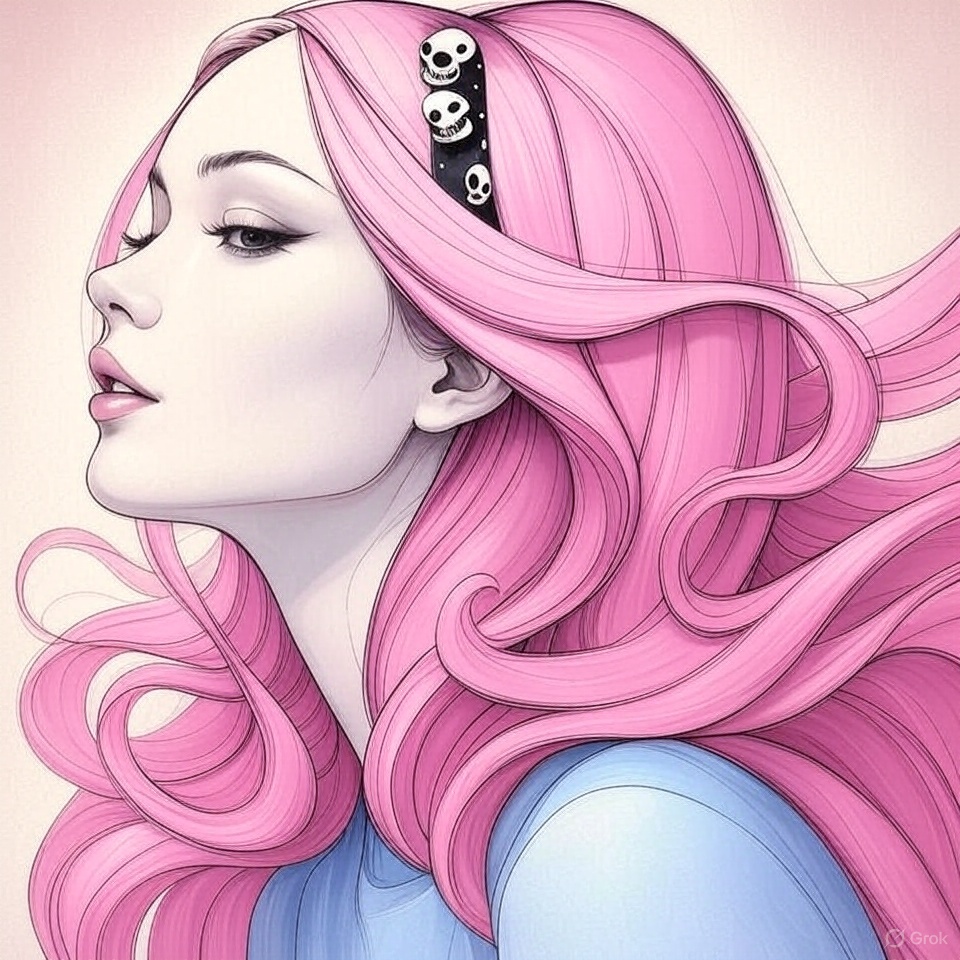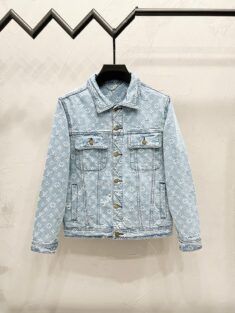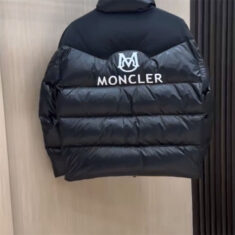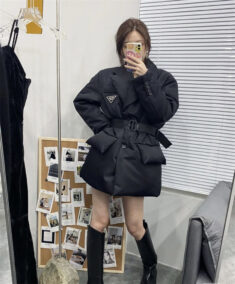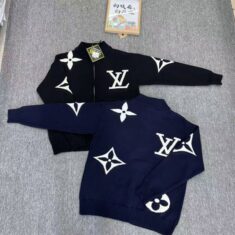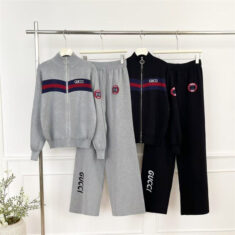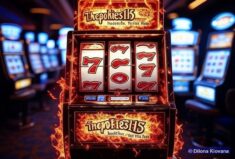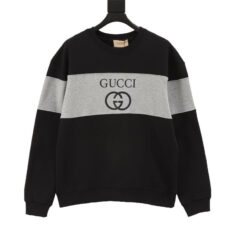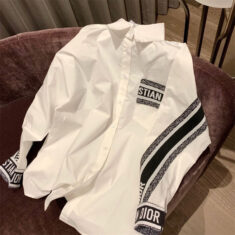Best Alt Girl OnlyFans Creators from Canada | OnlySeeker
Beyond the Algorithm: The Cultural Resonance of Alternative Expression in Digital IntimacyThe Rise of the Alt Aesthetic in the Creator Economy
In the ever-evolving landscape of digital content creation, a distinct subculture has emerged from the margins to claim a formidable presence: the alternative girl. Far from the polished, mainstream aesthetics that once dominated platforms like OnlyFans, this new wave of creators embraces piercings, dyed hair, unconventional fashion, and unapologetic individuality. These alt creators are not merely performers—they are curators of identity, architects of niche communities, and pioneers of a post-normative digital intimacy. Their success signals a broader cultural shift toward authenticity, self-expression, and the democratization of desire.
OnlyFans, originally conceived as a subscription-based platform for adult content, has transformed into a multifaceted ecosystem where creators monetize everything from fitness routines to poetry readings. Yet, it is within the realm of alternative expression that the platform’s potential for subversion and reinvention becomes most evident. Unlike traditional media gatekeepers, OnlyFans empowers creators to bypass editorial filters and connect directly with audiences who value their uniqueness. This direct-to-consumer model has proven especially potent for alt creators, whose aesthetics and narratives often defy commercial conventions.
From punk aesthetics to edgy content, onlyfans alt girls are redefining digital expression and creativity.
Redefining Beauty Standards Through Digital Autonomy
The alt girl aesthetic—characterized by elements like heavy eyeliner, vintage band tees, body modifications, and an overall rejection of conventional femininity—has long existed in physical subcultures such as punk, goth, and grunge. However, digital platforms have amplified its visibility and viability. On OnlyFans, these creators are not constrained by the narrow beauty ideals historically imposed by mainstream media. Instead, they leverage their distinctiveness as both brand and content.
This shift is more than cosmetic; it reflects a deeper recalibration of power dynamics between creator and consumer. Subscribers don’t just pay for access—they invest in a worldview, a lifestyle, and often, a shared sense of alienation turned into empowerment. The alt creator becomes a mirror for audiences who have felt excluded from traditional representations of desirability. In this context, intimacy is not just physical—it is ideological.
Moreover, the alt aesthetic on OnlyFans frequently intersects with themes of mental health, queerness, and body positivity. Many creators use their platforms to discuss personal struggles, advocate for marginalized identities, and foster safe spaces for dialogue. This layer of emotional authenticity deepens subscriber loyalty and transforms transactional relationships into something resembling digital kinship.
Canadas Quiet Influence on the Alt Creator Movement
While much of the discourse around OnlyFans centers on the United States or the United Kingdom, Canada has quietly emerged as a significant contributor to the alt creator ecosystem. Canadian alt models often blend the nation’s cultural emphasis on inclusivity with a distinctly moody, introspective aesthetic shaped by long winters and urban isolation. Cities like Toronto, Montreal, and Vancouver have become incubators for alternative digital creators who fuse local artistic sensibilities with global internet culture.
Notably, Canadian creators benefit from a supportive digital infrastructure and progressive attitudes toward sex work and self-expression. Unlike in some jurisdictions where adult content creators face legal ambiguity or social stigma, Canada’s relatively liberal stance allows alt creators to operate with greater security and visibility. This environment fosters innovation—many Canadian alt models experiment with multimedia storytelling, incorporating poetry, ASMR, and even short films into their content libraries.
One standout example is a Montreal-based creator whose OnlyFans blends French-Canadian linguistic flair with cyberpunk visuals and candid discussions about neurodiversity. Her success underscores how regional identity can enhance, rather than limit, global appeal. Similarly, creators from Indigenous communities in Canada are beginning to reclaim digital spaces, using alt aesthetics to challenge colonial narratives and assert sovereignty over their bodies and stories.
Innovation Beyond the Feed: Monetization, Community, and Ethical Boundaries
What sets the most successful alt creators apart is not just their appearance but their strategic ingenuity. Many have moved beyond static photo sets to offer tiered subscription models, personalized interactions, and even virtual meetups. Some collaborate with indie musicians, tattoo artists, or fashion designers, creating cross-disciplinary ecosystems that extend far beyond the confines of the platform.
This innovation is particularly evident in how alt creators navigate ethical boundaries. In an industry often criticized for exploitation, many alt models prioritize consent, transparency, and mutual respect. They frequently educate their audiences about digital safety, watermark their content aggressively, and engage in open dialogues about the realities of online sex work. This conscientious approach not only builds trust but also redefines what it means to be a professional in the digital intimacy economy.
Furthermore, the alt community on OnlyFans often functions as a support network. Creators share tips on cybersecurity, mental health resources, and legal rights. This collective ethos contrasts sharply with the hyper-individualistic narratives promoted by mainstream influencer culture. In this sense, the alt movement is not just aesthetic—it is deeply political.
The Future of Alternative Intimacy in a Regulated Digital World
As governments worldwide grapple with how to regulate adult content platforms, the alt creator community faces both challenges and opportunities. Proposed legislation in the U.S. and Europe could impose stricter age verification, payment processing hurdles, or content restrictions that disproportionately affect independent creators. Yet, these pressures may also accelerate innovation—driving creators toward decentralized platforms, blockchain-based monetization, or encrypted community spaces.
Canada, with its balanced regulatory approach and strong digital rights advocacy, could serve as a model for how to protect creators while ensuring user safety. If policymakers recognize the cultural and economic value of this burgeoning sector, they may foster conditions that allow alt creators to thrive without compromising their autonomy.
Looking ahead, the alt girl on OnlyFans is more than a trend—she is a symbol of resistance against homogenization, a testament to the power of self-definition, and a harbinger of a more pluralistic digital future. Her influence extends beyond subscription metrics; she reshapes how we understand identity, intimacy, and agency in the 21st century.
In a world increasingly mediated by algorithms and artificial intelligence, the human impulse for authentic connection remains paramount. The alt creators of today are not just selling content—they are offering sanctuary, solidarity, and a vision of beauty that refuses to be tamed. And in that refusal lies their enduring power.
